Understanding the Different Types of Storm Damage and How to Address Them
Storms are among the most destructive natural events, capable of wreaking havoc on homes, businesses, and infrastructure. While the aftermath of a storm can seem overwhelming, understanding the types of damage storms cause and how to address them is the first step toward recovery. From heavy winds to flooding, every storm leaves a unique footprint of destruction that requires tailored responses.
This comprehensive guide explores the different types of storm damage, their effects, and actionable steps to repair and prevent future losses.
1. Wind Damage
High winds are a defining feature of many storms, including hurricanes, tornadoes, and severe thunderstorms. Wind damage can range from superficial to catastrophic.
Common Wind Damage
- Roof Damage: Shingles or tiles may be torn off, exposing the underlying structure to water damage.
- Broken Windows: Flying debris can shatter windows, creating hazards inside and outside the home.
- Fallen Trees and Power Lines: Uprooted trees and broken power lines can cause structural damage, power outages, and blocked access.
How to Address Wind Damage
- Inspect Your Roof: Check for missing shingles, leaks, or structural damage. Repair or replace compromised sections promptly to prevent further damage.
- Board Up Broken Windows: Secure shattered windows with plywood until they can be repaired or replaced.
- Clear Debris Safely: Use caution when removing fallen trees or debris, especially near power lines. Professional tree services or utility companies may be necessary.
Prevention Tips
- Install storm-resistant shingles or roofing materials.
- Trim trees and remove dead branches near your property.
- Reinforce windows with storm shutters or impact-resistant glass.
2. Water Damage
Water damage is one of the most pervasive and costly consequences of storms. Whether caused by heavy rainfall, storm surges, or overflowing rivers, water can quickly penetrate structures and lead to long-term issues.
Common Water Damage
- Flooding: Standing water can ruin flooring, drywall, and personal belongings.
- Basement Leaks: Water can seep through cracks in the foundation, flooding basements and compromising structural integrity.
- Mold Growth: Excess moisture creates ideal conditions for mold, which can spread rapidly and pose health risks.
How to Address Water Damage
- Remove Standing Water: Use pumps or wet vacuums to extract water as quickly as possible.
- Dry the Area: Deploy fans, dehumidifiers, and ventilation to dry the affected space thoroughly.
- Inspect for Mold: If mold is present, consult a professional remediation service to address it safely.
Prevention Tips
- Install sump pumps with battery backups in basements.
- Seal cracks in foundations and walls to prevent water intrusion.
- Maintain gutters and downspouts to ensure proper drainage.
3. Hail Damage
Hailstorms can cause significant damage to roofs, siding, and vehicles, often leaving behind visible signs of destruction.
Common Hail Damage
- Roof Damage: Hail can dent or crack shingles, exposing the roof to leaks.
- Siding and Windows: Siding may crack, and windows may shatter under the force of large hailstones.
- Vehicles: Dented hoods, broken windshields, and paint damage are typical results of hailstorms.
How to Address Hail Damage
- Inspect Your Roof and Siding: Look for dents, cracks, or missing materials. Address these issues promptly to prevent water intrusion.
- Replace Broken Windows: Secure openings with temporary coverings until they can be repaired or replaced.
- Document Vehicle Damage: Take photos of dents or broken parts and file an insurance claim for repairs.
Prevention Tips
- Park vehicles in covered areas during hailstorms.
- Consider hail-resistant roofing materials like metal or impact-rated shingles.
- Install protective screens on windows to reduce the risk of breakage.
4. Lightning Damage
While less common than wind or water damage, lightning strikes can have devastating effects on homes and businesses.
Common Lightning Damage
- Electrical Fires: Lightning can cause fires in wiring, appliances, or structures.
- Power Surges: Electronics may be damaged or destroyed by sudden power surges.
- Structural Damage: Direct strikes can damage roofs, chimneys, or walls.
How to Address Lightning Damage
- Inspect Electrical Systems: Hire a licensed electrician to assess and repair any damaged wiring or outlets.
- Check for Fire Hazards: Examine your property for signs of charring or smoldering caused by a lightning strike.
- Repair Structural Damage: Address any damage to chimneys, roofs, or walls promptly to ensure safety.
Prevention Tips
- Install surge protectors for sensitive electronics.
- Use lightning rods to direct strikes away from your property.
- Ensure smoke detectors are functioning to alert you to fire hazards.
5. Snow and Ice Damage
Winter storms bring their own set of challenges, including heavy snow, ice buildup, and freezing temperatures.
Common Snow and Ice Damage
- Roof Collapses: Excessive snow can strain and weaken roofs, leading to collapses.
- Ice Dams: Melting snow can refreeze at the roof’s edge, causing water to back up under shingles.
- Frozen Pipes: Low temperatures can cause pipes to freeze and burst, leading to water damage.
How to Address Snow and Ice Damage
- Remove Snow from Roofs: Use a roof rake to safely remove snow buildup and reduce strain.
- Fix Ice Dams: Use heat cables or a roof de-icing system to prevent ice dams from forming.
- Repair Burst Pipes: Shut off the water supply and contact a plumber for repairs.
Prevention Tips
- Insulate pipes in unheated areas to prevent freezing.
- Keep your attic well-ventilated to reduce the risk of ice dams.
- Reinforce roofs to handle heavy snow loads.
6. Tornado Damage
Tornadoes are among the most destructive storms, capable of leveling entire neighborhoods. The damage they leave behind is often extensive and severe.
Common Tornado Damage
- Structural Damage: Tornadoes can tear roofs off buildings and collapse walls.
- Flying Debris: High winds turn ordinary objects into projectiles, damaging anything in their path.
- Vehicle Damage: Cars and trucks may be overturned or crushed.
How to Address Tornado Damage
- Prioritize Safety: Avoid damaged structures until they’ve been inspected by professionals.
- Secure Openings: Cover roof and wall openings with tarps or plywood to prevent further exposure.
- Begin Restoration: Work with professional contractors to rebuild or repair structural damage.
Prevention Tips
- Install storm shelters or safe rooms for personal safety.
- Reinforce roofs, doors, and windows to withstand high winds.
- Secure outdoor furniture and equipment to reduce flying debris.
Why Professional Help is Essential
Addressing storm damage often requires expertise and specialized equipment. Professional restoration companies like Disaster South can help:
- Assess Damage Thoroughly: Professionals know how to identify hidden issues, such as mold or structural weaknesses.
- Ensure Safe Repairs: From electrical systems to roofing, experts ensure all repairs meet safety standards.
- Simplify Insurance Claims: Restoration companies can document damage and work with insurers to streamline the claims process.
Preventing Future Storm Damage
While you can’t control the weather, you can take proactive steps to reduce the impact of future storms:
- Conduct Regular Maintenance: Keep your property in good repair year-round.
- Invest in Resilient Materials: Choose storm-resistant materials for roofing, siding, and windows.
- Stay Informed: Monitor weather forecasts and act early to secure your property.
Prepare, Protect, Recover
Storm damage comes in many forms, from the visible destruction of roofs and windows to the hidden dangers of water and electrical issues. By understanding the different types of storm damage and how to address them, you can take the first steps toward recovery and resilience.
At Disaster South, we specialize in helping families and businesses rebuild after storms, ensuring every detail is addressed with care and expertise. Contact us today to learn how we can help you prepare for, respond to, and recover from any storm. Together, we’ll restore what matters most.

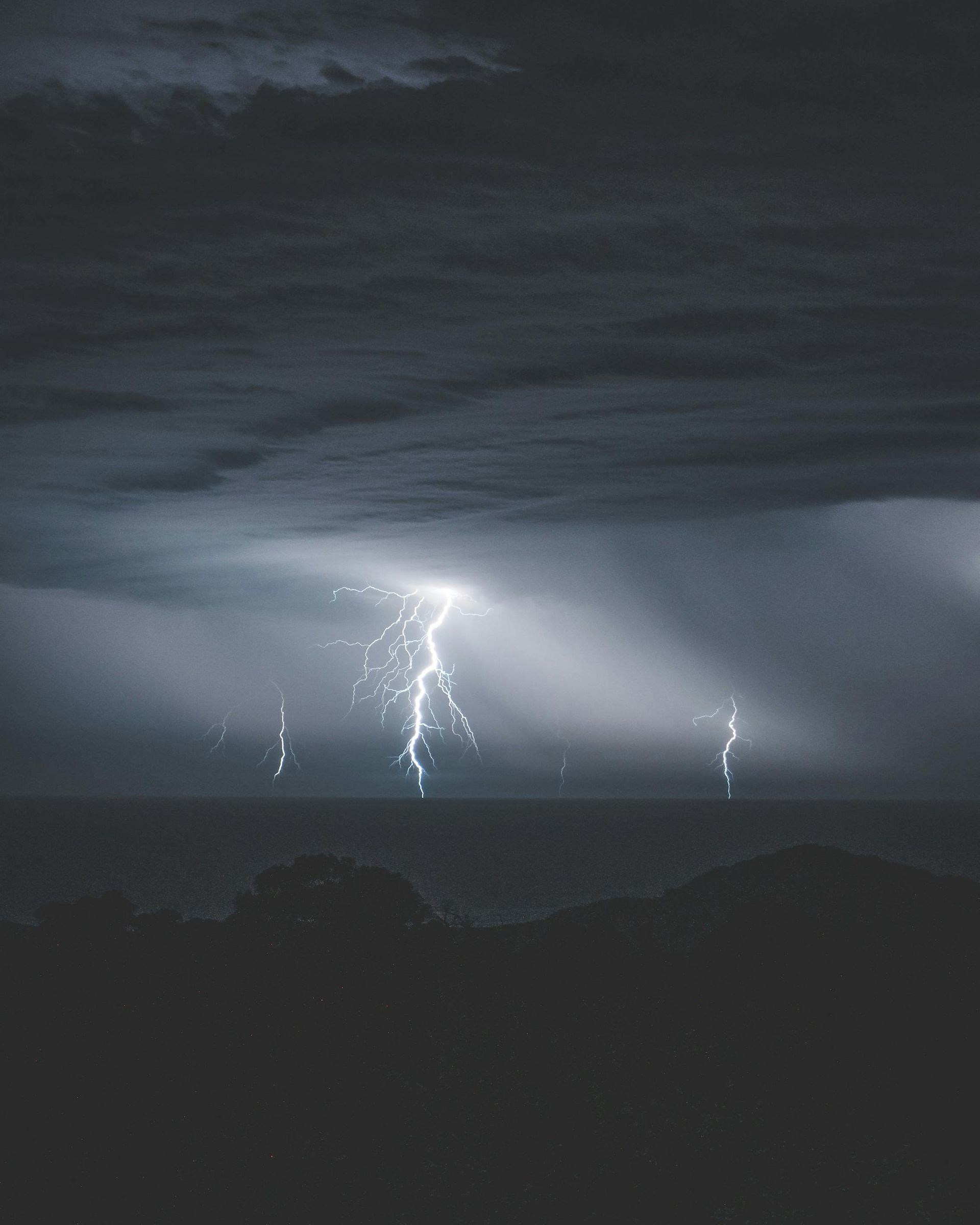
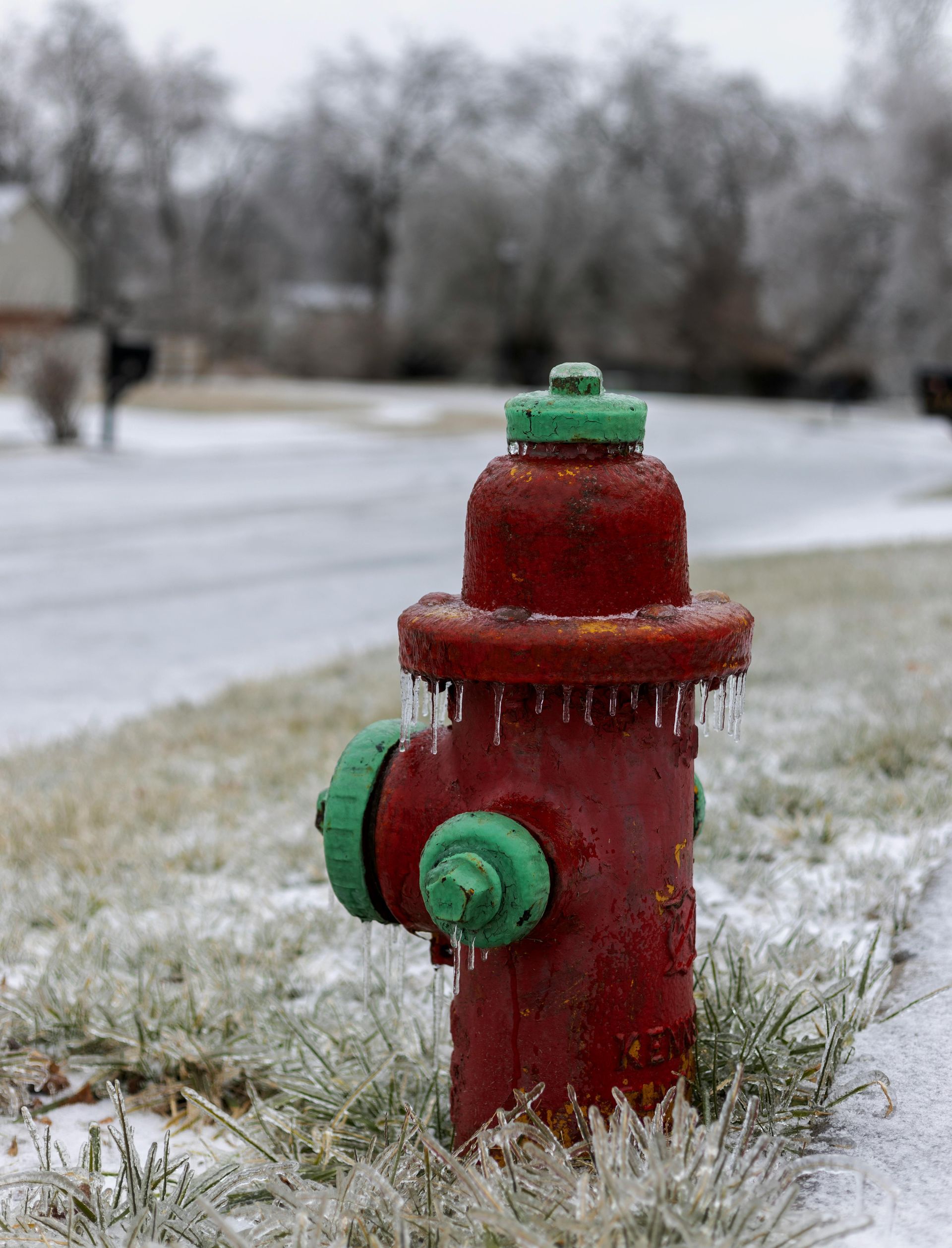
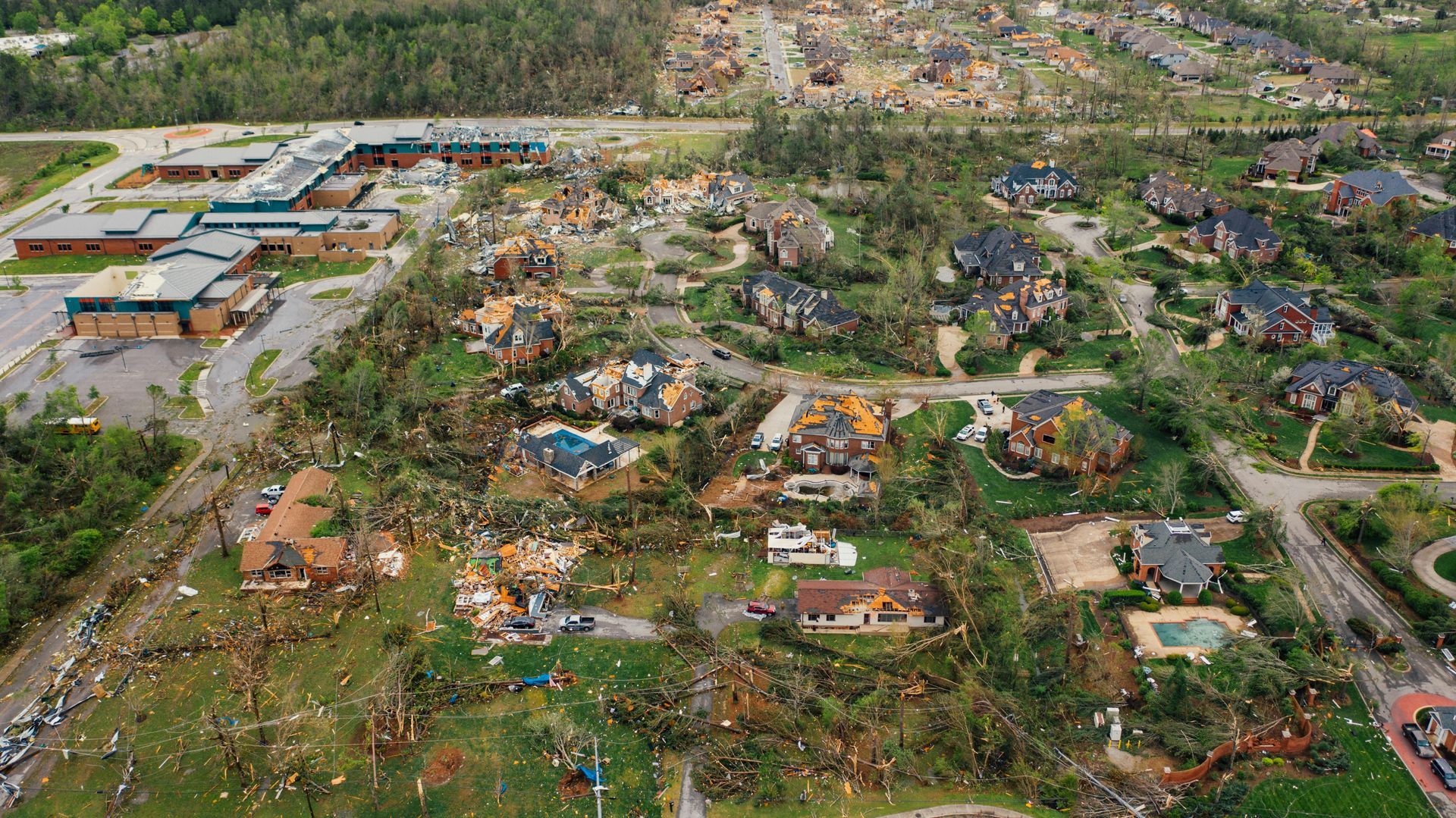

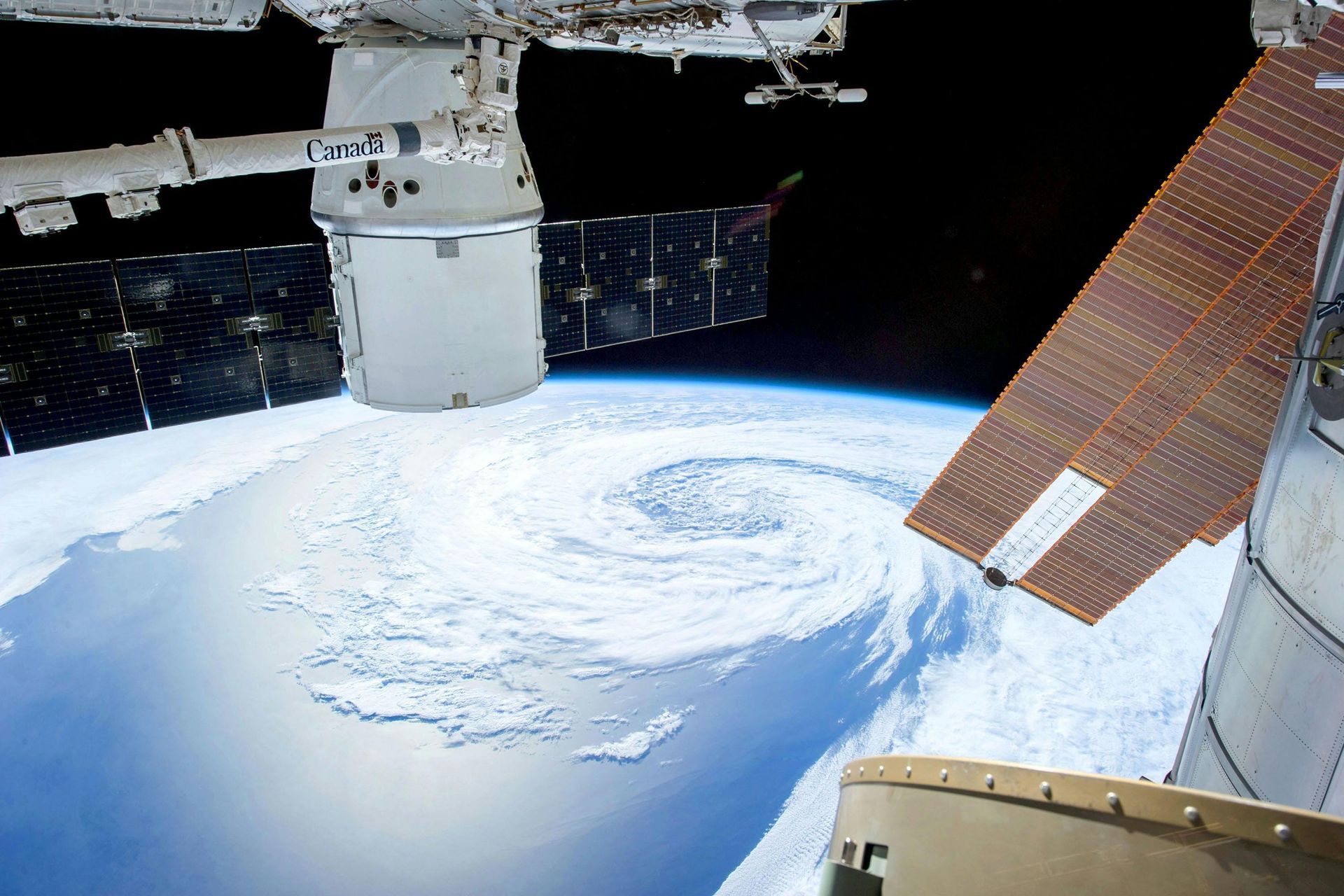
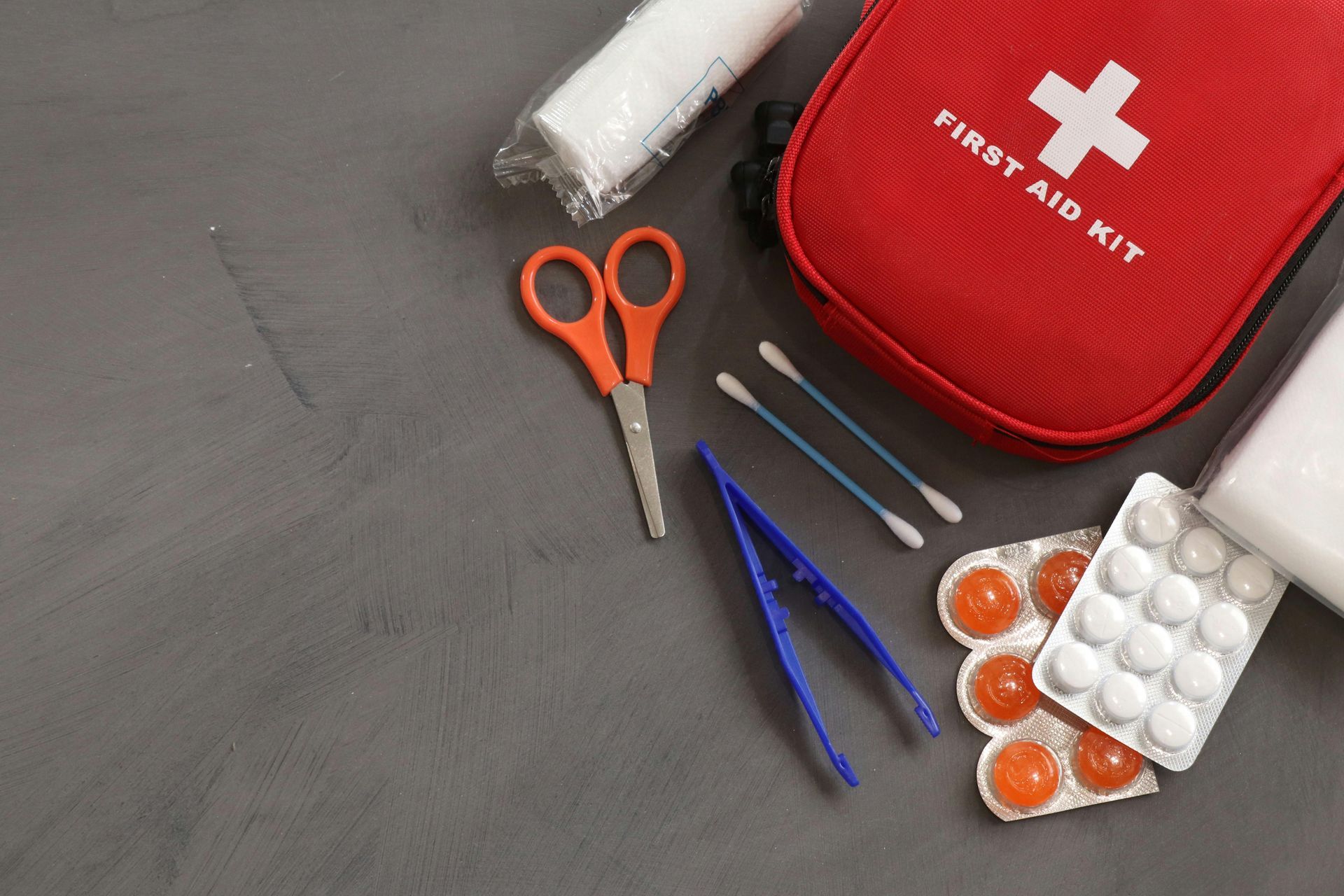
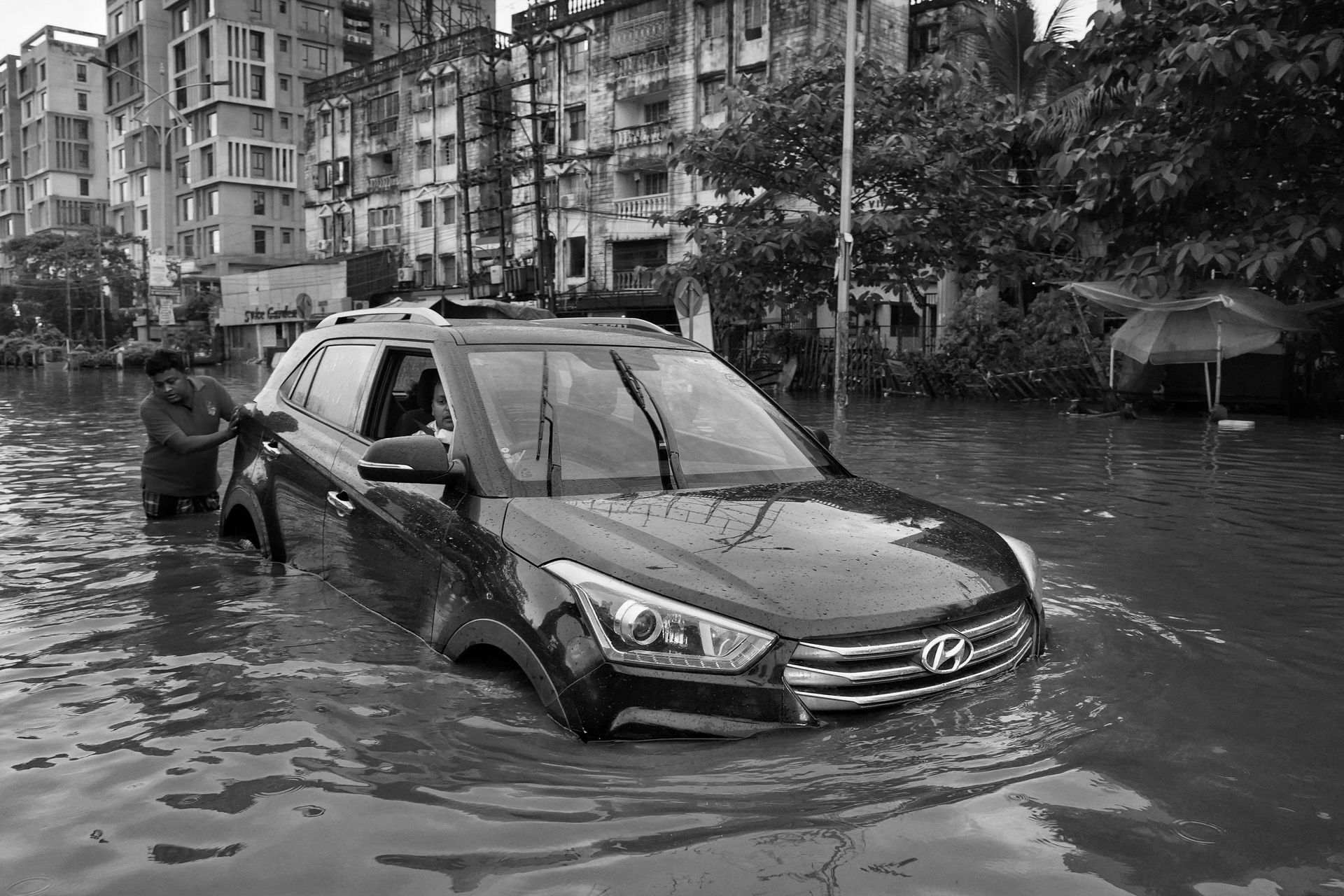
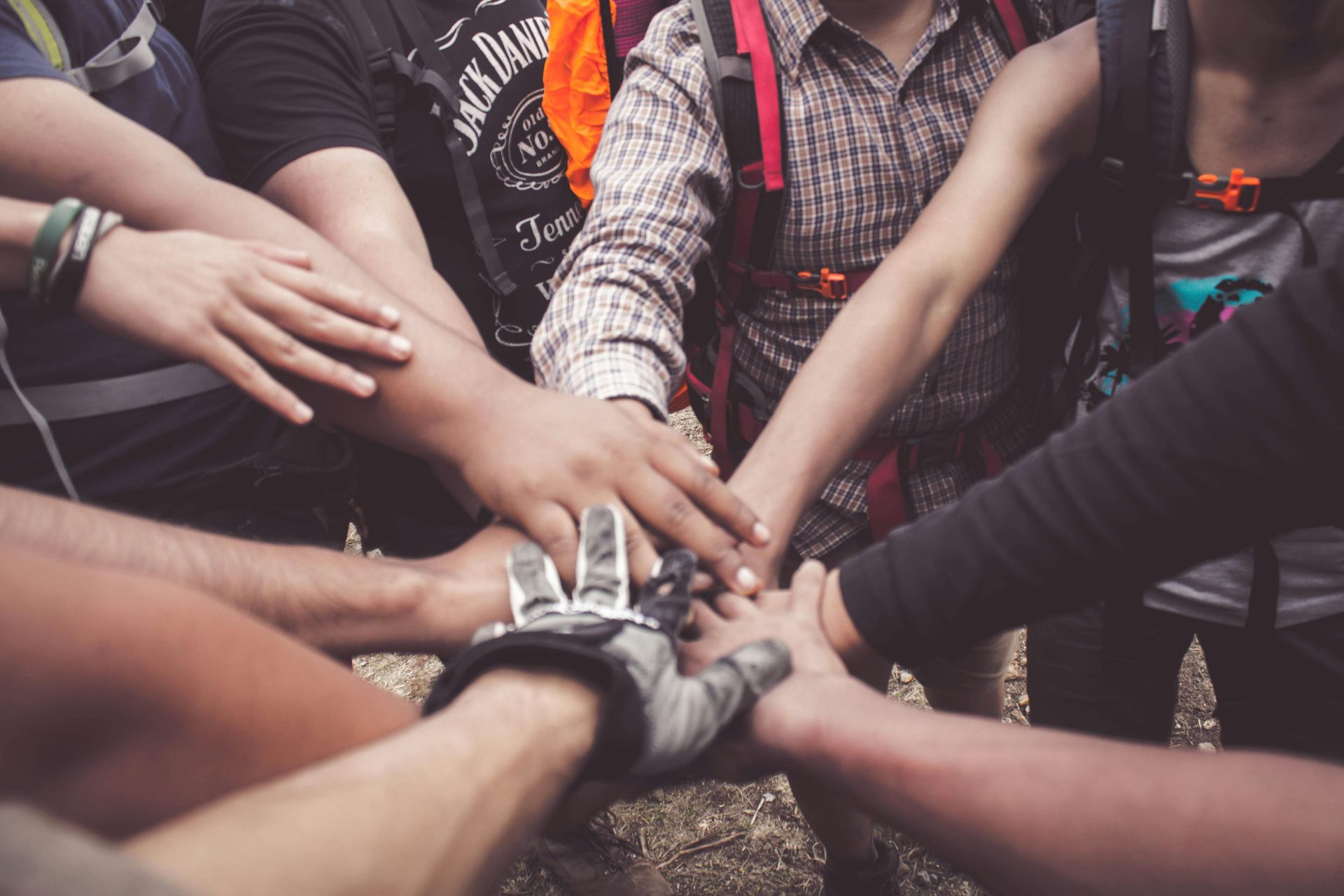
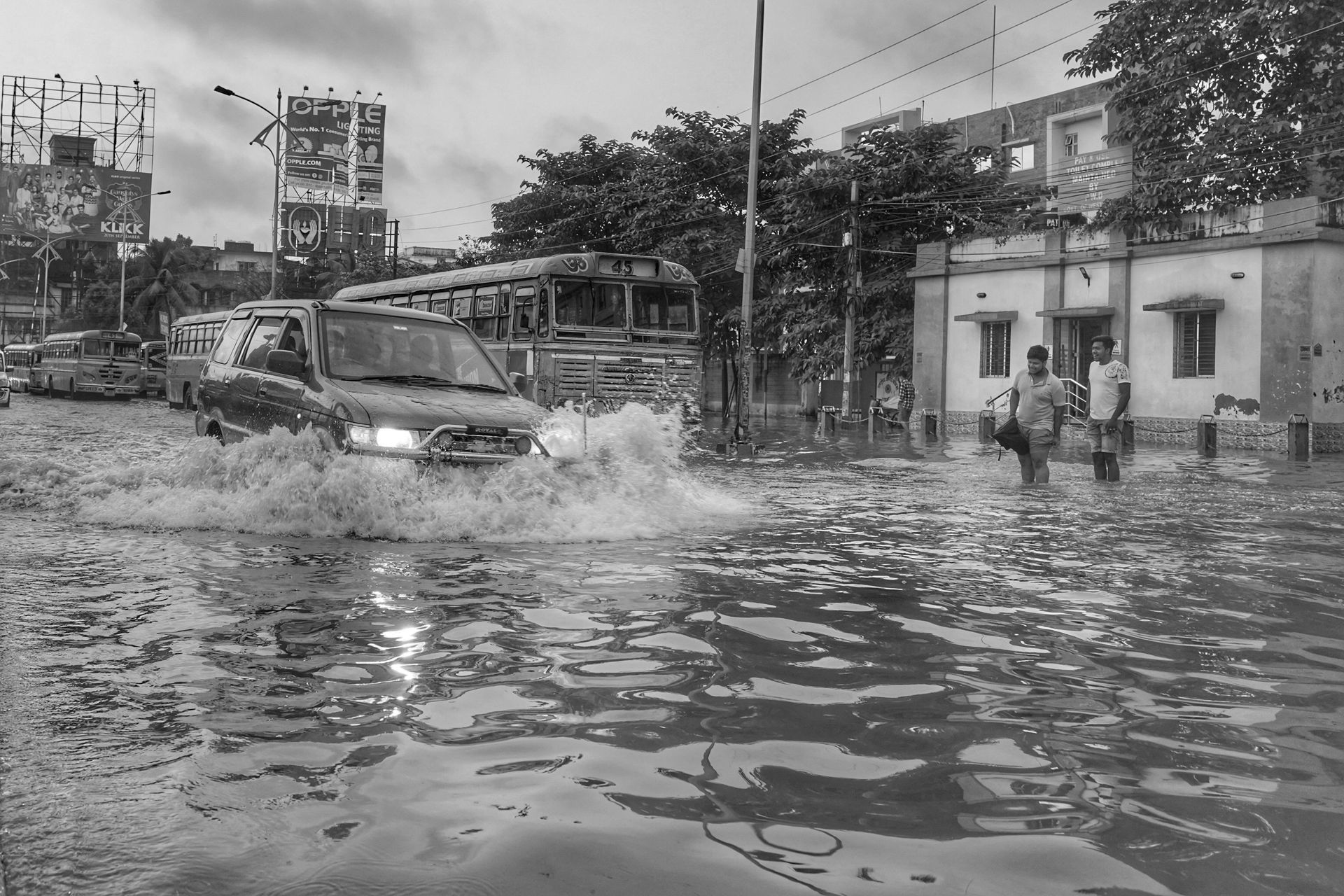
It’s Time to Restore Your Property, Reclaim Your Life, and Get Back to What Matters Most
All Rights Reserved | Disaster South